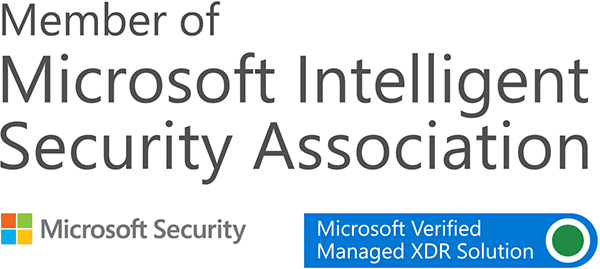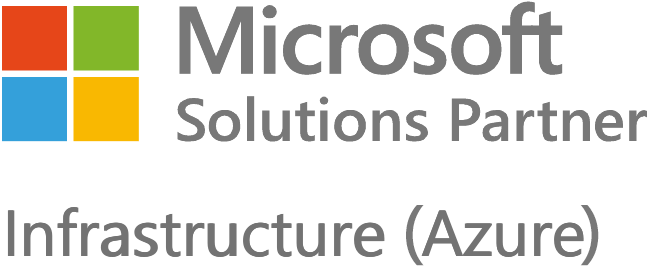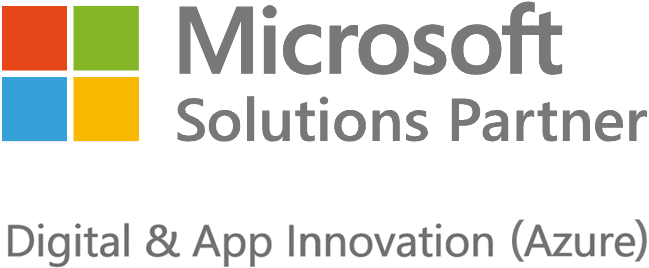As organisations turn to unified endpoint management (UEM) to meet the challenges of hybrid work and an ever more complex network of devices, what are the key factors that need to be addressed?
Do any (or all) of the following resonate within your organisation?
- Your workforce has shifted to a hybrid of remote and office based operations.
- You’ve got a growing and diverse range of devices and apps in the organisation.
- Employees expect fast, simple access to company resources any time, anywhere.
- You’re concerned about the risks of cyber attack, data loss, and compliance failures.
You could probably sum it up as:
More locations, more flexibility, more devices, and more risk.
Hybrid working has rapidly become the norm in the UK, with 83% of businesses applying it in some form1.
But it comes with new challenges and evolving technology requirements.
And traditional/legacy IT structures are no longer fit for purpose.
In this blog, we’ll explore these challenges, and examine why moving towards unified endpoint management (UEM) can offer a modern, future-proof and scalable solution.
Keeping your hybrid workforce productive, and your endpoint and mobile devices secure.

68% of organisations see a jump in productivity after enabling BYOD2
What we mean when we talk about UEM
Every organisation will have a different mix of devices within its environment. Be that office-based PCs, company-owned mobiles, bring your own devices (BYOD), or internet of things (IoT).
UEM is a solution that simplifies the management of these devices onto one platform.
By centralising the management of all endpoint devices into a ‘single pane of glass’, UEM makes it easier for IT teams to monitor and get full visibility over the entire endpoint estate.
UEM simplifies device management, streamlines app deployment, improves your security posture, and enables teams to work from anywhere with maximum productivity.
Let’s explore these a little closer.


Free Video
Microsoft Intune Suite Demo: Unified Endpoint Management
Understand Microsoft Intune Suite’s key features, including:
- Proactive endpoint issue detection with AI
- Easy management of privilege elevation
- Cloud-connected endpoint management
- Streamlined, secure certificate management
Managing diverse devices, apps and operating systems
Hybrid working environments mean more mobile devices in your IT ecosystem.
Which means an upsurge in diverse devices, applications, and operating systems that all require management. Particularly important as more organisations embrace the benefits of Bring Your Own Device (BYOD) policies.
Modern UEMs, like Microsoft Intune, let you manage all devices remotely from a centralised platform. Accommodating company and privately owned devices, across all the main operating systems (OS) like MacOS, iOS, Android or Linux.
It also provides you with a simplified way to manage apps in use across your mobile estate. Providing the tools to remotely monitor apps and ensure they meet the required standards of security and functionality.
It’s an effective, efficient, and user-friendly means of keeping track of mobiles and mobile usage across your estate. And providing a secure environment for employees to work, wherever they are.
Meeting employee expectations with seamless “anywhere, anytime” access
Employee expectations have evolved to demand fast and simple access to company resources anytime, and anywhere.
UEM acts as a linchpin in meeting those expectations. Ensuring a seamless and efficient access experience for employees across the globe.
Unified accessibility
UEM provides a platform that’s able to transcend geographical constraints.
Whether employees are working from the office, home, or any remote location, UEM guarantees a consistent and swift access to essential company resources.
This unified accessibility aligns with the modern workforce’s expectations for a seamless experience, no matter their physical location.
Centralised control for instant access
The centralised control panel offered by UEM solutions allows administrators to manage devices remotely, ensuring that they’re secure and up-to-date.
This not only enhances security but also facilitates instant access to company resources.
Employees can seamlessly connect to necessary tools and applications, promoting a smooth workflow. Without compromising on security or efficiency.
Flexibility in application deployment
UEM’s ability to streamline application deployment adds another layer of agility to access expectations.
IT teams can swiftly deploy the right tools and software to employees, regardless of location.
This flexibility ensures that employees have the necessary resources at their fingertips. Contributing to a work environment where accessibility is not just a convenience, but a fundamental expectation.
Secure access to data and resources
The right UEM can ensure that access to a company’s data and resources is controlled and secure, protecting sensitive information from unauthorised access.
This can be achieved through measures like:
- Conditional access: Administrators are able to define the conditions under which users can access data and resources (e.g. ‘safe’ networks, multi factor authentication, compliant devices)
- Data control measures: UEM can enforce policies to prevent sensitive data from being copied or transferred to unauthorised devices or locations.
These measures ensure that employees have the access they need to be productive, while also protecting the organisation’s data and intellectual property.

68% of organisations have experienced one or more endpoint attacks that successfully compromised data and/or their IT infrastructure3
Addressing security concerns
While traditional security measures may have sufficed in the past, the sheer diversity of devices and the sophistication of cyber attacks demand a more comprehensive approach.
Effective endpoint management can only be achieved by aligning it to effective endpoint and mobile threat defence (MTD).
Microsoft licence holders, for example, can benefit from integrating the Intune UEM system seamlessly with products like Defender for Endpoint.
Intune itself offer a strong platform for security.
It secures a diverse range of devices from Android, iOS, and Windows via Mobile Application Management (MAM).
Recent updates include MacOS support, Win32 app enhancements, and the Intune Premium Suite. Which integrates advanced endpoint analytics, privilege management, and mobile app support.
Its integration with Defender for Endpoint strengthens security by merging Intune’s device policies and MAM with Defender’s capabilities, forming a unified defence.
This integration ensures real-time threat response across all devices, and aligns effortlessly with Microsoft’s broader security strategy.
Providing a robust and unified solution for managing, monitoring, and protecting every device; on a single platform.
Conclusion
UEM simplifies device management in a world where the workforce is more dispersed than ever.
By embracing UEM, organisations can streamline the management of diverse devices and applications, enhance security, and adapt to the ever changing hybrid working landscape.
This approach not only addresses the challenges posed by modern work environments, but also offers a forward looking strategy for ensuring your organisation’s success.
Key takeaways
UEM addresses the challenges of remote work, diverse devices, and security risks.
UEM offers a unified platform for managing devices and enhancing security.
It evolves to meet the changing needs of organisations in a hybrid working culture.
It ensures a future-proof approach to meet the demands of the modern workforce.
It gives employees fast, simple and secure access to company resources any time and anywhere.


Free Video
Microsoft Intune Suite Demo: Unified Endpoint Management
Understand Microsoft Intune Suite’s key features, including:
- Proactive endpoint issue detection with AI
- Easy management of privilege elevation
- Cloud-connected endpoint management
- Streamlined, secure certificate management
Next Steps

Great emails start here
Sign up for free resources and exclusive invites
Subscribe to the Kocho mailing list if you want:
- Demos of the latest Microsoft tech
- Invites to exclusive events and webinars
- Resources that make your job easier
























Got a question? Need more information?
Our expert team is here to help.







